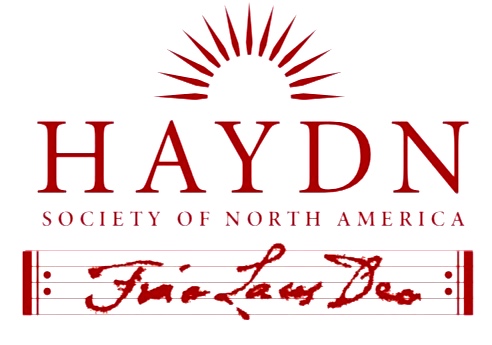
Article Title
Document Type
Article
Abstract
In his classic article “Sonata Form Problems” Jens Peter Larsen warned of analytic pitfalls that result from the reliance on anachronistic models of musical form. The modern tradition of taking “textbook sonata form as the starting point,” as he put it with disarming simplicity, often “invites difficulties” in the analysis of Haydn’s sonata forms. This article follows up Larsen’s essay by reconsidering some perceived formal difficulties in Haydn’s symphonies that arise from mismatches between Haydn’s practice and modern expectations. Specifically, it explores ways in which Haydn's symphonies do things that according to the “textbook” are not supposed to happen in sonata form. The first of these involves appearances of the tonic during the development section, which have been termed "medial tonic returns.” The second involves the clear statement of primary theme material in a non-tonic key before the decisive tonic return that initiates the recapitulation proper, which are here dubbed “medial thematic returns.”
Both of these formal procedures are commonly discussed as part of the problematic of the so-called “false recapitulation.” The advantages and disadvantages of this concept as a tool for musical analysis have been well-rehearsed by now. By separating the two components of this device—the seemingly preemptory recurrence of the tonic and of the main theme—this article clarifies the analytic problem and shows how a more historical sense of formal process reveals important yet overlooked aspects of Haydn’s evolving approach to symphonic form during his two decades as Prince Esterhazy’s resident symphonist.
Recommended Citation
Korstvedt, Benjamin
(2013)
"On Not Inviting Difficulties in Haydn's Symphonies,"
HAYDN: Online Journal of the Haydn Society of North America: Vol. 3, Article 17.
Available at:
https://remix.berklee.edu/haydn-journal/vol3/iss2/17
© Haydn Society of North America ; Boston: Berklee Library, 2013. Duplication without the express permission of the author and/or the Haydn Society of North America is prohibited.


